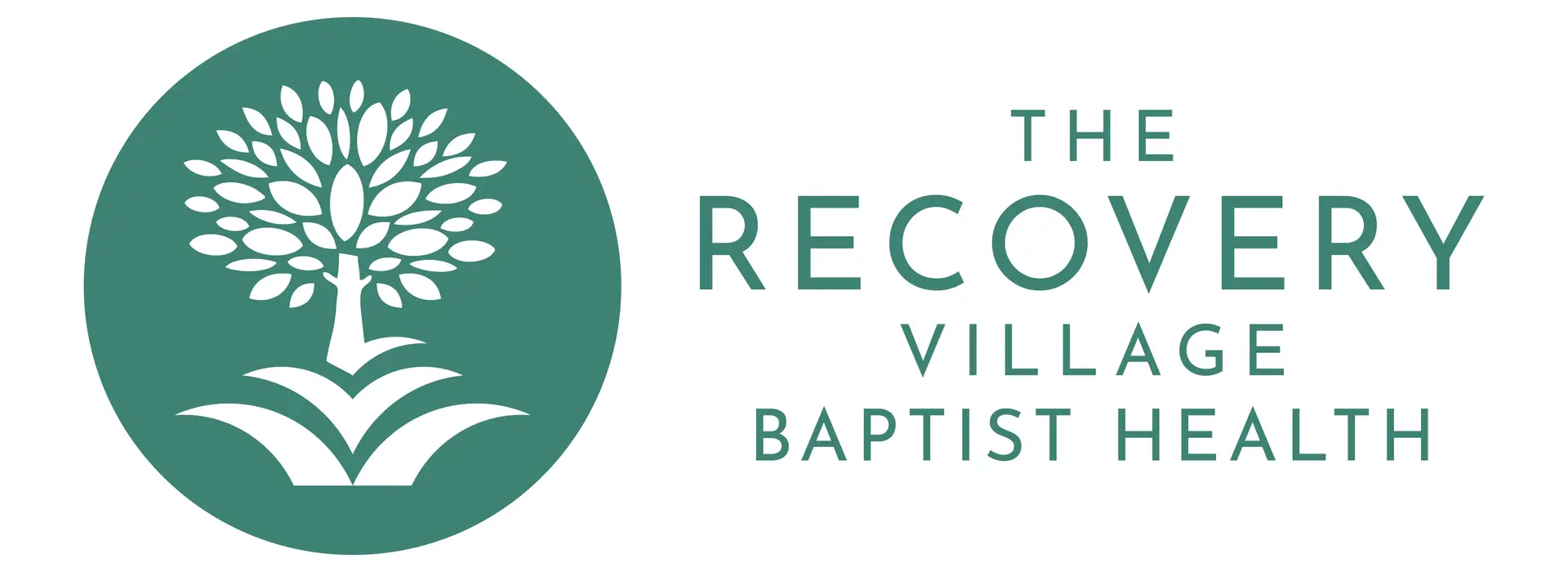Bipolar disorder is associated with extreme shifts in mood and behavior. When unmanaged, some people turn to drugs or alcohol in an attempt to moderate their mood swings.
Bipolar disorder, formerly known as manic depressive disorder, is a mental health condition associated with periods of depression and manic episodes. Some people with bipolar mood disorder turn to drugs or alcohol in an attempt to control their emotional highs and lows.
What Is Bipolar Disorder?
While “unipolar” depression is associated only with low mood, bipolar disorder is illustrated by extreme changes in mood. There are different categories of bipolar disorder, but they all feature periods of debilitating depression that can rapidly swing to periods of euphoric highs and intense levels of energy.
In most cases, the age of onset for bipolar disorder is in the mid-20s. Evidence suggests that the earlier bipolar disorder sets in, the more severe the associated signs and symptoms will be.
Treatment Can Be Life Changing. Reach out today.

What Causes Bipolar Disorder?
The precise cause of bipolar disorder is not yet clear. However, evidence suggests that genetic inheritance as well as brain structure and function influence whether someone will develop bipolar disorder. Unlike many other depressive disorders, environmental factors are not believed to play a significant role in the development of bipolar disorder.
However, some evidence suggests that childhood trauma may be associated with increased rates of bipolar disorder in adults who are already predisposed to its development. Trauma later in life can also unmask and exacerbate the signs and symptoms of bipolar disorder. Similarly, so-called “drug-induced” bipolar disorder is unlikely to actually be caused by drug use — instead, drug use unmasks a disorder that was already present.
A recent study found that a gene called “suppressor of cytokine signaling” (SOCS) is present in higher levels in people with bipolar disorder, especially men. These preliminary findings suggest that the development of bipolar disorder may be related to immune system dysfunction. It also indicates that there are some differences in how bipolar disorder develops in men versus women.
Bipolar Disorder Symptoms
Bipolar disorder is unique among mental health disorders because there are two distinct phases with different sets of signs and symptoms. Although symptoms of different types of bipolar disorder vary, there are several symptoms that are common in all types.
The depressive phase of bipolar disorder is very similar to other types of depression. This phase often includes the following symptoms:
- Feelings of hopelessness or worthlessness
- Prolonged bouts of sadness
- Fatigue and lethargy
- Trouble falling asleep or staying asleep, or sleeping too much
- Increased appetite
- Unusually slow speech and movements
- Inability to concentrate
- Failure to complete routine tasks or meet normal responsibilities
- Loss of interest in favorite hobbies or activities
- Inability to experience pleasure
- Loss of sex drive
- Suicidal thoughts or behaviors
The manic phase of bipolar disorder has a very different set of symptoms. Common bipolar mania symptoms include:
- High energy levels
- A sense of elation or euphoria
- Decreased need for sleep
- Loss of appetite
- Rapid speech and movements
- Racing thoughts
- Compulsive multitasking (that may or may not be productive)
- Risky behavior and poor judgment (drug use, shopping sprees)
- A sense of importance or grandeur
- Quickness to anger
Bipolar “hypomania” describes a manic episode with symptoms that are not as intense as a traditional manic episode. Hypomania can easily be overlooked and may lead to someone being incorrectly diagnosed with unipolar depression.
In some cases, people may experience mixed episodes that include symptoms of depression and mania at the same time. For example, someone who feels sad or hopeless may also exhibit unusually high levels of energy.
Types of Bipolar Disorder
Until recently, bipolar disorders were collectively known as “manic depressive disorders.” In many cases, people with bipolar disorder who had mild manic symptoms were incorrectly diagnosed as having unipolar depression. However, it is now clear that there are different types of bipolar disorder. These include:
Bipolar I
Type I bipolar disorder is typically characterized by a manic phase that lasts for approximately seven days. This is followed by a two-week period of depression that may or may not include mixed episodes. This type of bipolar disorder is often linked to severe bouts of psychosis during the manic phase, and hospitalization may be required.
Bipolar II
Type II bipolar disorder is not associated with the extreme manic episodes of type I. Rather, approximately one week of hypomania is followed by two weeks of depression. This type of bipolar disorder is sometimes mistaken for unipolar depression.
Cyclothymia
Also known as cyclothymic bipolar disorder, cyclothymia includes less intense manic and depressive episodes that have persisted for at least two years. Cyclothymic disorder symptoms are often subclinical, meaning that they do not meet the criteria for a diagnosis of bipolar disorder type I. However, the symptoms are very real and can substantially affect the lifestyle of the person who has cyclothymia.
Mixed Episodes
Mixed bipolar episodes feature symptoms from both the depression and manic phases. Some evidence suggests that the risk of suicide during mixed bipolar episodes is increased. This is likely because of the combination of depressive symptoms like hopelessness and manic symptoms like increased energy and reckless behavior.
Rapid Cycling Bipolar
In most cases of bipolar disorder, someone will experience an average of two cycles per year. Rapid cycling bipolar disorder is diagnosed when four or more cycles are experienced in a one-year period. Some clinicians make a distinction between rapid cycling and ultra-rapid cycling, which includes mood episodes that can cycle between depression and mania over the course of a single day.
Diagnosing Bipolar Disorder
A diagnosis of bipolar disorder can be provided by a mental health care professional after a bipolar disorder screening. This screening helps identify common signs and symptoms of bipolarity.
Bipolar disorder criteria for diagnosis varies depending on the type of bipolarity. Criteria for type I bipolar disorder requires:
- At least one week of severe mania (often requiring hospitalization), which may include increased activity, racing thoughts, reduced need for sleep, inflated self-esteem and ideas of grandiosity and reckless behavior. In some cases, psychotic symptoms (delusions or hallucinations) may be present.
- At least two weeks of depression, which may include feelings of hopelessness, despair, inability to experience pleasure, a sense of guilt or worthlessness, lethargy and loss of interest in hobbies or activities.
Diagnostic criteria for type II bipolar disorder is similar, but the manic phase is less severe. Type II bipolarity is likely to be more chronic and have a longer duration of less intense manic and depressive episodes.
Type II bipolar disorder (which includes hypomania) is more common than type I (which includes very intense manic phases that often require hospitalization). Both types of bipolar disorder are usually diagnosed during the mid-20s.
Diagnosis for cyclothymia requires at least two years of cycling between hypomania and depression with periods occurring at least every two months.
Bipolar Disorder Statistics
Statistics on the prevalence of bipolar disorder among U.S. adults in 2017 showed that 2.8% of the population suffered from bipolar disorder, and men and women were equally likely to be affected. This is an interesting contrast to depression and some other types of mood disorders, which are more likely to affect women.
Bipolar Disorder In Children and Teens
Because symptoms often are not apparent until the mid-20s, bipolar disorder in teens and children is far less common than in adults.
Bipolar symptoms in children are similar to those in adults. Symptoms of a manic episode include:
- High energy levels
- Being abnormally talkative
- Reduced need for sleep
- Participating in risky behavior
Symptoms of a depressive episode in children may include:
- Feeling worthless or sad
- Hopelessness
- Increased need for sleep
- Appetite changes
- Loss of interest in hobbies or friends
- Suicidal thoughts or actions
Bipolar Disorder and Substance Abuse
Each phase of bipolar disorder is associated with an increased risk of substance abuse. Some estimates indicate that between 30% to more than 50% of people with bipolar disorder will also develop a substance use disorder. Commonly misused drugs among people with bipolar disorder include alcohol and cocaine.
Bipolar Disorder Treatment
Therapy for bipolar disorder can come in many forms, including the use of prescription medications and participation in psychotherapy sessions. In most cases, a combined approach is used to treat bipolar disorder.
Common medications to treat bipolar disorder include:
- Mood stabilizers (Lithium, Depakote)
- Atypical antipsychotics (Seroquel, Zyprexa)
- Antidepressants (Prozac)
- Combination antipsychotic and antidepressant (Symbyax)
Some psychosocial therapies have proven to be very helpful for people with bipolar disorder:
- Cognitive behavioral therapy (CBT) aims to restructure negative thinking
- Family-focused therapy (FFT) focuses on improving family dynamics
- Interpersonal and social rhythm therapy (IPSRT) focuses on increasing one’s ability to identify and manage situations that may trigger an episode cycle
When evaluating facilities that can help treat bipolar disorder and a co-occurring substance use disorder, make sure to find a program that is able to provide dual diagnosis treatment. A dual diagnosis identifies both the mental health issue and the substance use disorder. It is the most effective way to gain control over the mental health aspects of bipolar disorder while simultaneously addressing substance use.











